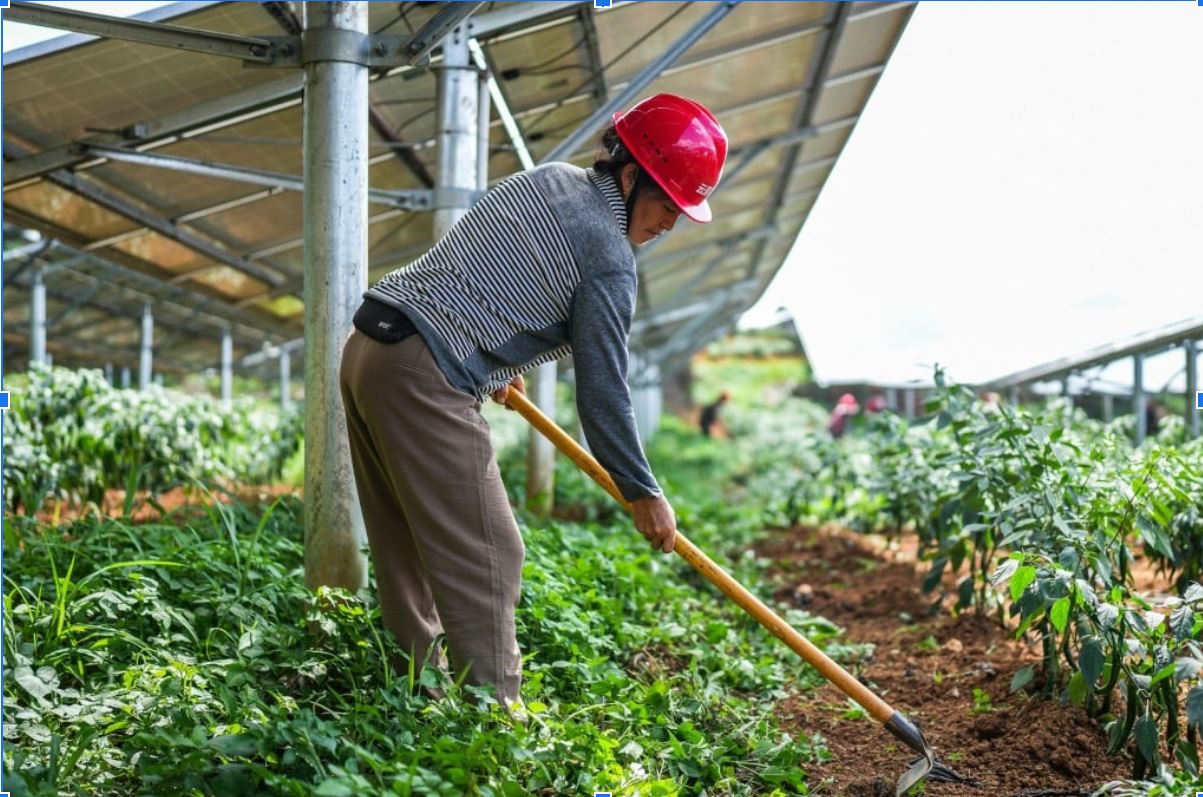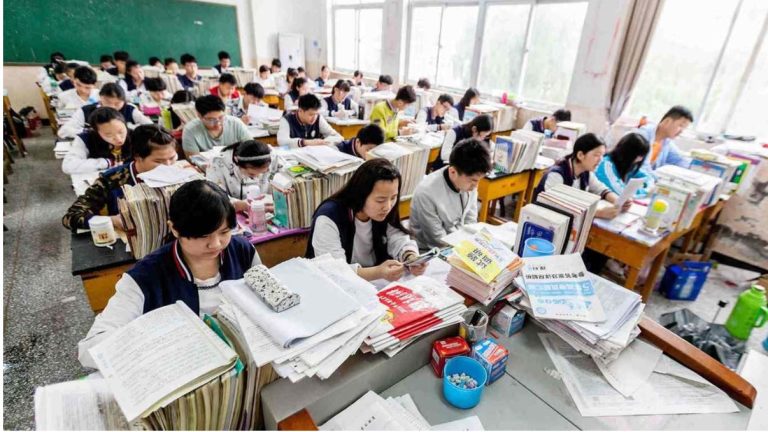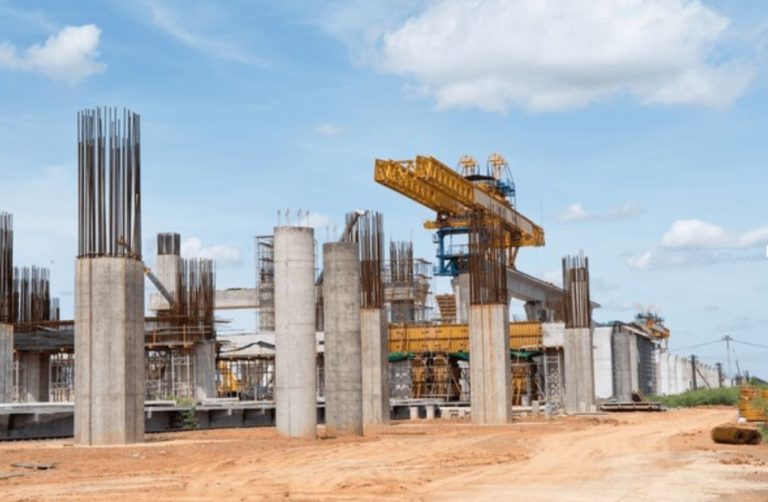China’s Economic Resilience: Navigating Global Headwinds Towards Sustainable Growth in 2025
Beijing, China – In a global economic landscape marked by volatility and uncertainty, China’s economy is demonstrating remarkable resilience and a strategic pivot towards sustainable growth. After navigating several challenging years, the narrative surrounding the Chinese economy has shifted from concern to cautious optimism, with both consumers and investors showing renewed confidence. This positive trajectory is underpinned by proactive government policies, a rebalancing towards domestic consumption, and a steadfast commitment to innovation and green development.
A Strategic Rebalancing: Policy-Driven Stability and Growth
The year 2025 is poised to be a period of gradual recovery and consolidation for China. According to a recent report by Societe Generale, supportive government policies and anticipated stimulus measures are expected to bolster growth and mitigate deflationary pressures [1]. This strategic intervention is not merely about short-term fixes but reflects a deeper commitment to rebalancing the economy towards consumption, a long-term strategy crucial for sustainable development.
Despite ongoing global trade tensions, particularly with the United States, the impact of tariffs on China’s overall economic performance is proving manageable. While the new U.S. administration’s aggressive trade policies, including broad tariffs, have affected tech exports to the U.S., China has adeptly diversified its export markets. Chinese tech exports to non-U.S. regions, such as Europe and Southeast Asia, saw significant growth in July 2025, acting as a crucial buffer and growth catalyst [2]. This adaptability highlights China’s capacity to recalibrate its supply chains and focus on sectors where it maintains competitive advantages.
Nominal GDP growth, a key indicator of economic health, is projected to reach nearly 5% in 2025, an improvement from previous years [1]. This positive outlook is expected to translate into boosted corporate earnings and higher stock prices, signaling a healthier investment climate. The government’s shift in focus from solely manufacturing and investment to a more holistic approach, including support for housing, consumers, and local governments, is proving effective. A substantial RMB12 trillion package over six years is empowering local administrations to foster local businesses and consumers, ensuring fiscal neutrality and even expansion [1].
Consumer Confidence and Property Market Stabilization
A critical factor in the resurgence of confidence is the stabilization of house prices. After three difficult years, the property market is showing signs of recovery, particularly in first-tier cities where supply and demand are beginning to balance [1]. This stabilization positively impacts household wealth and sentiment, encouraging consumer spending. While consumer confidence has been a concern, with some reports indicating it remains low [3], the government’s targeted measures to support the housing sector and boost domestic demand are designed to address these underlying issues.
The World Bank’s China Economic Update for June 2025 notes that while consumption growth, supported by fiscal subsidies, improved in early 2025, it remains below pre-COVID levels [4]. However, the report also highlights that higher-than-expected fiscal spending, particularly from the central government, could lift growth above baseline projections. The emphasis on redirecting fiscal resources towards healthcare and social protection, addressing local government financial constraints, and pursuing a more progressive fiscal system are all aimed at reducing precautionary savings and stimulating household consumption [4].
Innovation and Green Development: Pillars of Future Growth
China’s economic strategy is increasingly prioritizing efficiency and high-quality development. Beijing has ceased targeting service sectors, including online education platforms and fintech businesses, and is signaling renewed support for big tech companies [1]. This focus on the service sector is vital for job creation, especially for the millions of new graduates entering the workforce each year. The emphasis is now on the efficiency of investment rather than just quantity, leading to consolidation in industries with overcapacity.
Furthermore, China’s commitment to clean energy and renewables remains unwavering. Investments in these sectors are driven by both domestic energy security and emissions reduction goals [1]. This aligns with China’s broader leadership in the global green transition, where it is making unprecedented advancements in electric vehicles (EVs), renewable energy, and sustainable technologies. With ambitious commitments to achieve peak carbon emissions before 2030 and carbon neutrality before 2060, China’s investments in green industries are not only transforming its own economy but also driving down global green energy costs and empowering other nations to adopt sustainable solutions [5].
Trends and Outlook: Navigating Structural Challenges
The trajectory of China’s economic recovery is characterized by several key trends:
Domestic Demand-Driven Growth: A deliberate shift away from export and investment-led growth towards a more robust domestic consumption model.
Technological Self-Sufficiency: Accelerated efforts in critical areas like semiconductors and AI infrastructure to counter external pressures and foster indigenous innovation [2].
Green Economy Leadership: Continued massive investments in renewable energy and sustainable technologies, positioning China as a global leader in the green transition.
Refined Policy Tools: A move towards more targeted and efficient fiscal and monetary policies to address specific economic challenges and support strategic sectors.
However, the path forward is not without structural challenges. The World Bank report points to slowing productivity growth, high debt levels, and an aging population as factors that could constrain growth over the medium term [4]. The labor market, particularly for informal, migrant, and young workers, has also faced challenges due to economic uncertainty and technological changes like automation and AI [4]. Addressing these issues will require further reforms, including enhancing the environment for private sector job creation, investing in skills development, and strengthening social protection coverage.
Conclusion: A Future of Balanced and High-Quality Development
China’s economic journey in 2025 is one of strategic adaptation and determined progress. By prioritizing domestic demand, fostering technological innovation, and leading the global green transition, China is building a more resilient and sustainable economic model. While challenges remain, the proactive and adaptive nature of its policymaking, coupled with the sheer scale of its market and industrial capacity, positions China to achieve balanced, high-quality economic development. The lessons learned from navigating recent economic headwinds are shaping a future where stability, innovation, and sustainability are the cornerstones of its growth story, offering valuable insights for the global economy.
References
[1] Societe Generale. (2025). China finds its feet: economic stability and gradual recovery in 2025. Retrieved from https://www.societegenerale.asia/en/newsroom/press-releases/press-releases-details/news/china-finds-its-feet-economic-stability-and-gradual-recovery-in-2025/
[2] Ainvest. (2025, September 22). China’s Tech Sector Resilience Amid U.S. Tariffs: Global Demand as a Buffer and Growth Catalyst. Retrieved from https://www.ainvest.com/news/china-tech-sector-resilience-tariffs-global-demand-buffer-growth-catalyst-2509/
[3] McKinsey & Company. (2025, August 13). Mid-2025 update on China’s consumer markets. Retrieved from https://www.mckinsey.com/cn/our-insights/our-insights/mid-year-update-five-surprises-from-chinas-consumer-market
[4] World Bank. (2025, June). China Economic Update (June 2025). Retrieved from https://thedocs.worldbank.org/en/doc/8ae5ce818673952a85fee1ee57c3e933-0070012025/original/CEU-June-2025-EN.pdf
[5] World Economic Forum. (2025, January). Why China matters to the world’s green transition. Retrieved from https://www.weforum.org/stories/2025/01/why-china-matters-to-the-worlds-green-transition/







